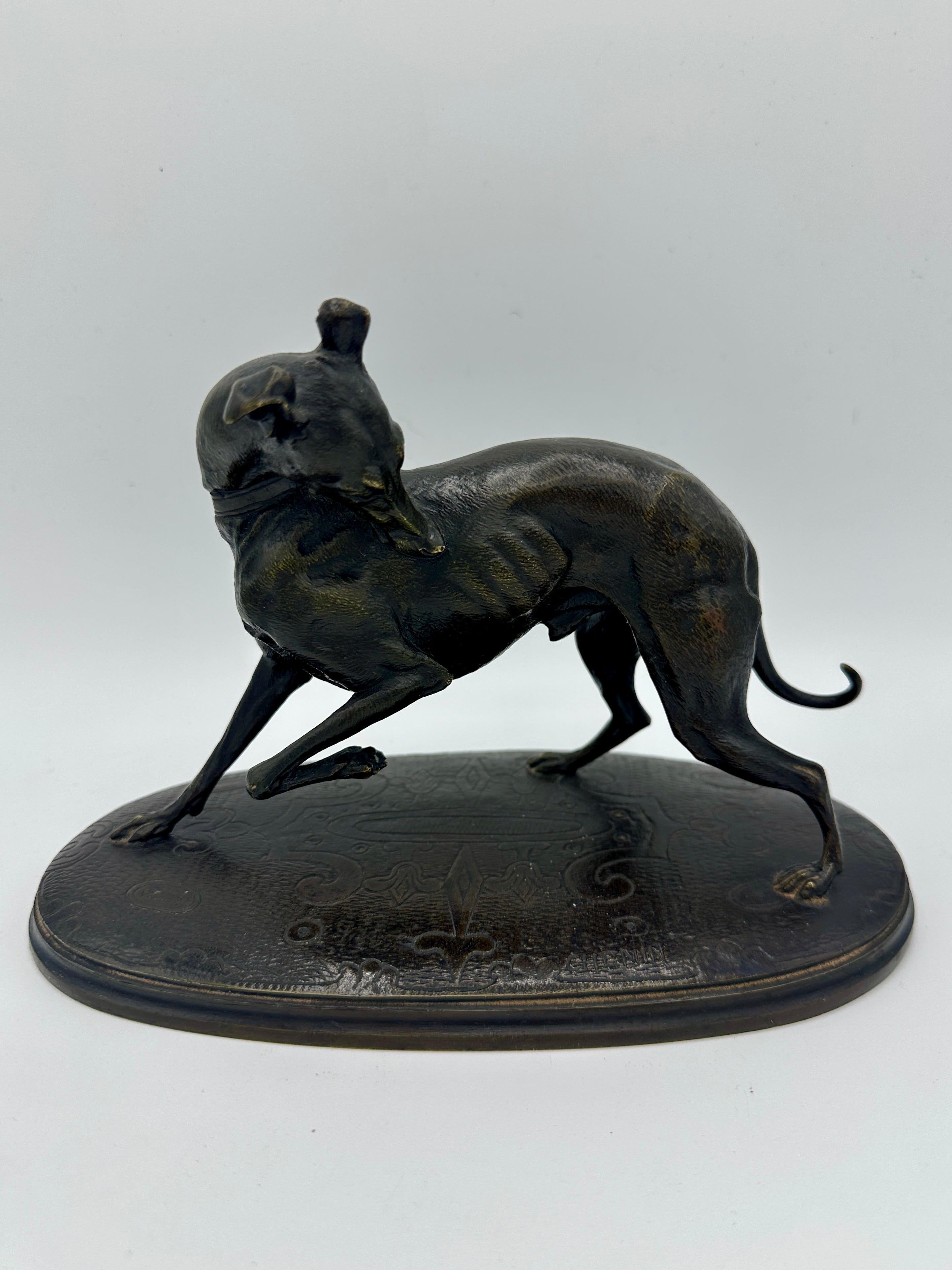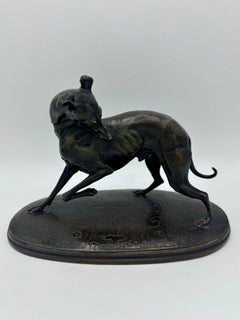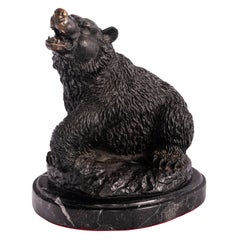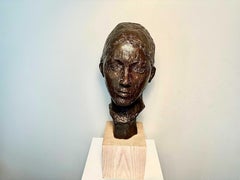Hay Binder
View Similar Items
Want more images or videos?
Request additional images or videos from the seller
1 of 11
Aimé-Jules DalouHay Bindercirca 1890
circa 1890
$4,664.01List Price
About the Item
- Creator:Aimé-Jules Dalou (1838 - 1902, French)
- Creation Year:circa 1890
- Dimensions:Height: 4.14 in (10.5 cm)Width: 3.94 in (10 cm)Depth: 3.94 in (10 cm)
- Medium:
- Movement & Style:
- Period:
- Condition:
- Gallery Location:PARIS, FR
- Reference Number:Seller: N.X1stDibs: LU2514212502122
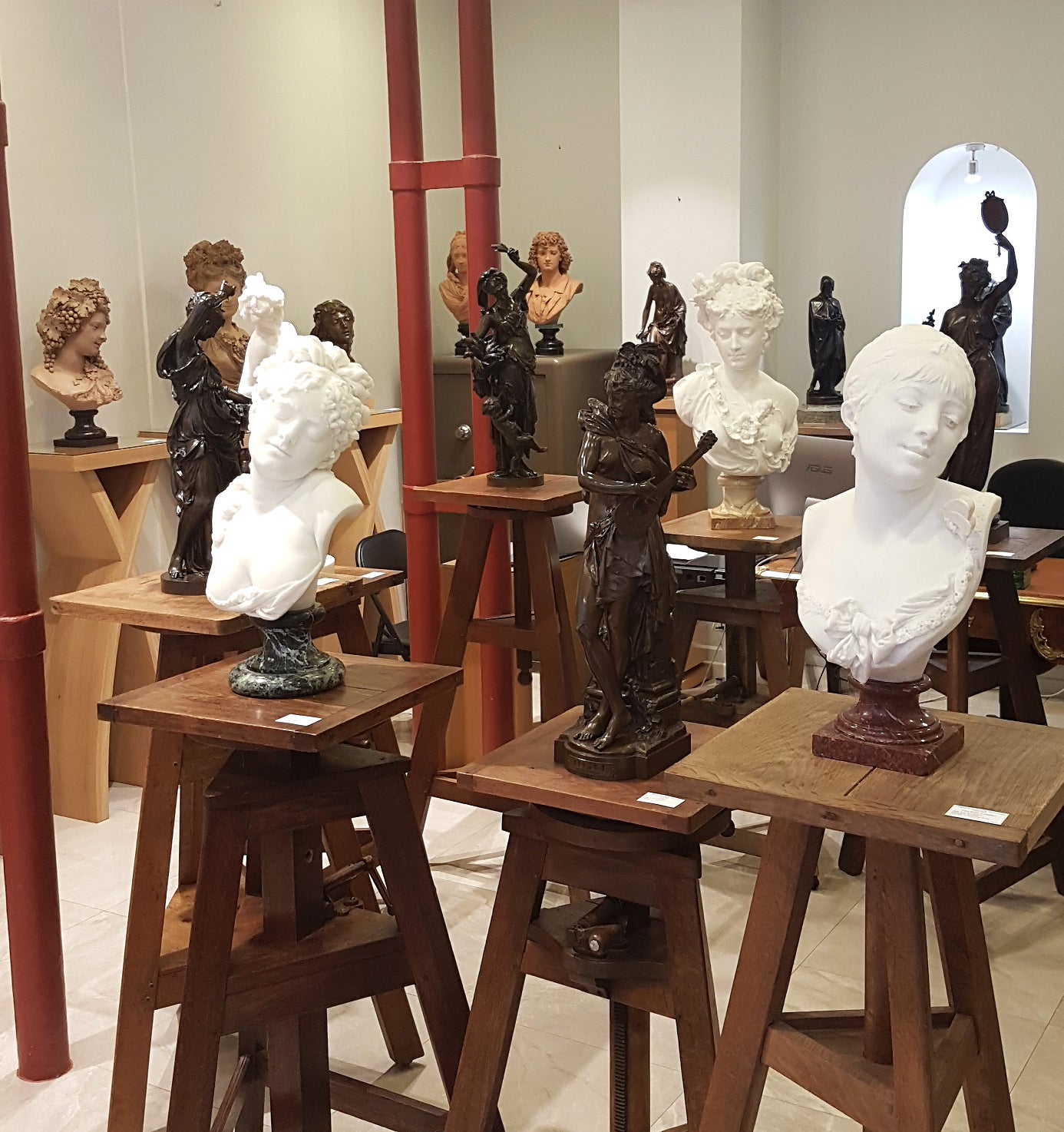
About the Seller
5.0
Recognized Seller
These prestigious sellers are industry leaders and represent the highest echelon for item quality and design.
Established in 1992
1stDibs seller since 2023
8 sales on 1stDibs
Typical response time: 1 to 2 days
Authenticity Guarantee
In the unlikely event there’s an issue with an item’s authenticity, contact us within 1 year for a full refund. DetailsMoney-Back Guarantee
If your item is not as described, is damaged in transit, or does not arrive, contact us within 7 days for a full refund. Details24-Hour Cancellation
You have a 24-hour grace period in which to reconsider your purchase, with no questions asked.Vetted Professional Sellers
Our world-class sellers must adhere to strict standards for service and quality, maintaining the integrity of our listings.Price-Match Guarantee
If you find that a seller listed the same item for a lower price elsewhere, we’ll match it.Trusted Global Delivery
Our best-in-class carrier network provides specialized shipping options worldwide, including custom delivery.More From This Seller
View AllImportant pocket-tray with sea gods
Located in PARIS, FR
Important pocket-tray with sea gods
by Gustave MICHEL (1851-1924)
A very fine bronze group with a gilded patina
signed on the side of the base "G. Michel"
cast by "Siot-Decauville ...
Category
1890s French School Nude Sculptures
Materials
Bronze
$8,610 Sale Price
20% Off
Young girl from Bou-Saada
Located in PARIS, FR
Young girl from Bou-Saada
by Louis-Ernest BARRIAS (1841-1905)
Bronze sculpture with a nuanced dark brown patina
Signed on the base " E. Barrias "
Cast by " Susse Fres Edrs à Paris "...
Category
Early 20th Century French School Figurative Sculptures
Materials
Bronze
Zebu and Python
Located in PARIS, FR
Zebu and Python
by Henri-Alfred JACQUEMART (1824-1896)
Bronze group with nuanced brown patina
signed on the base " A. Jacquemart "
old cast
France
circa 1870
height 35,5 cm
length...
Category
1870s French School Figurative Sculptures
Materials
Bronze
Tartar warrior stopping his horse
By Antoine-Louis Barye
Located in PARIS, FR
Tartar warrior stopping his horse
by Antoine-louis BARYE (1796-1875)
Equestrian group in bronze with a nuanced dark greenish brown patina
any cast mark
old edition cast
France
cir...
Category
Late 19th Century French School Figurative Sculptures
Materials
Bronze
Lady with caskets
Located in PARIS, FR
Lady with caskets
by Léo LAPORTE-BLAIRSY (1865-1923)
Bronze a nuanced brown patina
signed on the side of the base "Léo Laporte-Blairsy"
old cast
Stamped with a number "60765 / 6"
F...
Category
Early 20th Century French School Figurative Sculptures
Materials
Bronze
Turkish Horse
By Antoine-Louis Barye
Located in PARIS, FR
Turkish Horse
by Antoine-Louis BARYE (1796-1875)
"Cheval turc, antérieur gauche levé, terrasse carrée"
Bronze with a nuanced dark green patina
signed "Barye" on the base
cast by "F....
Category
1880s French School Figurative Sculptures
Materials
Bronze
You May Also Like
A 19th century French animalier bronze of a greyhound
By Joseph Francois Victor Chemin
Located in Bath, Somerset
A late 19th century bronze figure of a greyhound, his front leg raised and head turned backwards as he grooms his coat. A finely detailed figure with a dark brown patina, mounted on ...
Category
Late 19th Century French School Figurative Sculptures
Materials
Bronze
"Phoebe" Large French Sculpture in Patinated Bronze Napoleon III era
By Eugene Marioton
Located in Pistoia, IT
Eugène Marioton (1857-1933), "Phoebe," bronze sculpture signed "E. Marioton sc." and "Salon de Beaux-Arts." Presented at the 1889 Salon to enthusiastic acclaim, this sculpture testi...
Category
1880s French School Figurative Sculptures
Materials
Bronze
Antique 19th Century French Bonze Animalier Brown Bear Statue Sculpture Paris
By Antoine-Louis Barye
Located in Portland, OR
A good antique bronze sculpture of a brown bear by the celebrated French Animalier sculptor Antoine-Louis Barye, circa 1870.
The bronze depicts a brown bear in a dynamic pose, head h...
Category
1860s French School Figurative Sculptures
Materials
Marble, Bronze
Unknown woman
Located in Täby, SE
Inspired by the head of Apollo by Antoine Bourdelle. A woman with strong firm but still vulnerable expresson.
Category
1980s French School Figurative Sculptures
Materials
Bronze
$3,492 Sale Price
20% Off
Female torso
Located in Täby, SE
This female torso represents the young woman's strength and vulnerability. It´s was conceived in the 70ths and is signed with the artists initials on a thumbprint.
Gunnar Knut Nilsson, born 1904 in Karlskrona, died 1995 in Versailles in France, was a Swedish sculptor. Gunnar Nilsson studied watercolor painting and modeling at the Technical Vocational School in Karlskrona in 1918-19 and on his own in addition to working as a clerk at Finspångs Metallwerk. His debut exhibition was in Finspång in 1927. With the help of a local fundraiser, and after the encouragement of Carl Eldh, he traveled to Paris in 1928 to study sculpture for, among others, Charles Despiau and Paul Niclausse. In Paris he socialized with Bror Hjorth, whose former studio he also rented, Carl Frisendahl and Alberto Giacometti. He came to belong to "Le groupe des Neuf'' with Paul Cornet...
Category
1950s French School Nude Sculptures
Materials
Bronze
Marie
Located in LE HAVRE, FR
Jacques COQUILLAY (né en 1935)
Marie
Original bronze
Size : 56x39x17cm
Copy No. 4/8
Signature and numbered on the base.
Original bronze made with ...
Category
Early 2000s French School Nude Sculptures
Materials
Bronze
